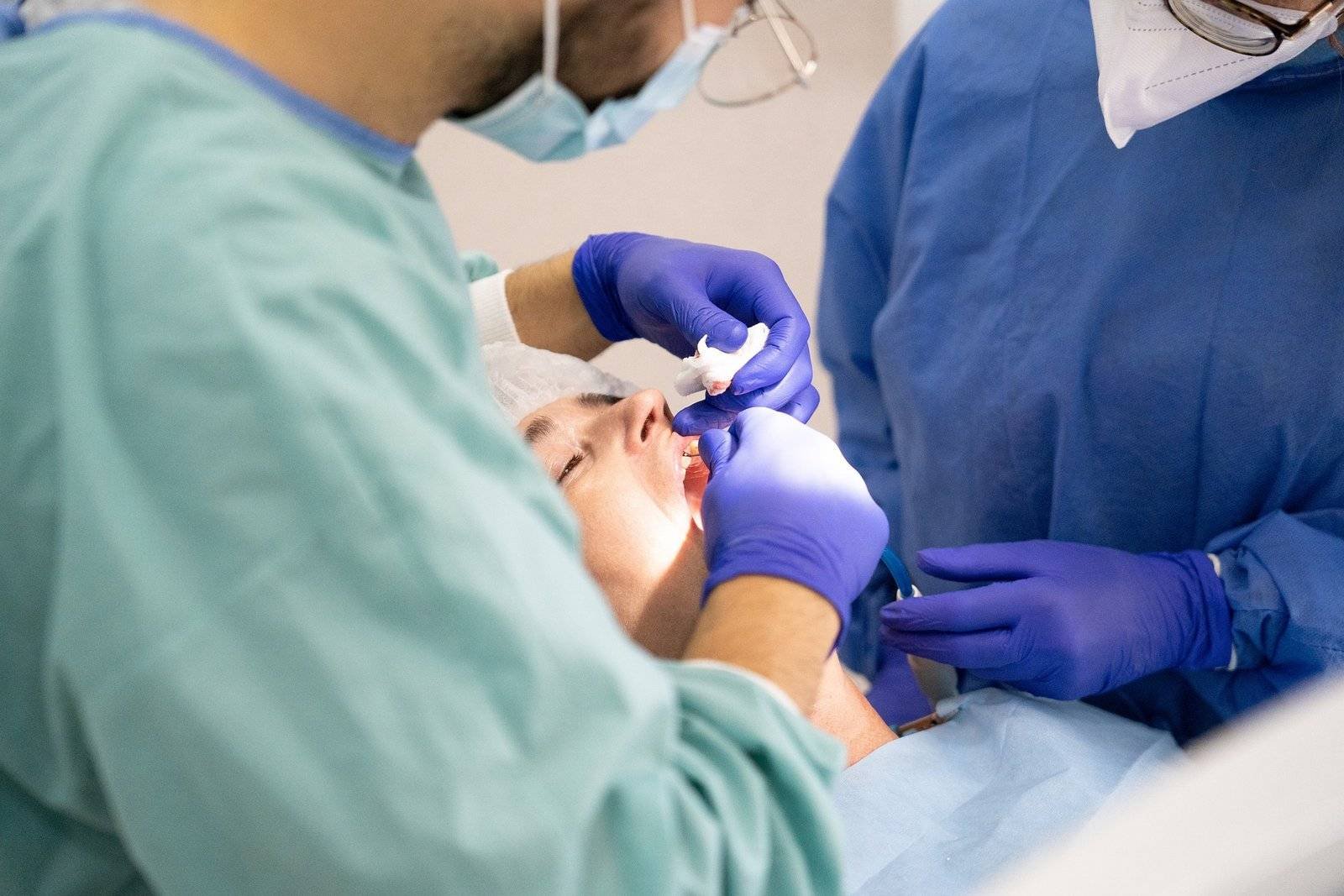
The word “change” can occasionally be contentious. However, it makes sense when looking at the benefits of artificial intelligence (AI) in dentistry.
We’re not referring to changes or effects that interfere with the human component of care. It’s more of a supporting type of transformation that strengthens the existing and upcoming synergy between developing technology and therapeutic applications.
Performing "deep work"
Dental data bombards you quickly and furiously. Additionally, it expands in scope, particularly for developing DSOs (Dental Service Organization).
The ability of AI technology to process enormous volumes of data is its key strength.
- AI explains data points quickly.
- AI automates the discovery of diagnostic data, such as pictures, scans, etc.
- AI offers a therapeutic perspective
- AI can identify possible diseases
Patterns matter to machine learning (ML), which is a component of AI. Without prior knowledge or “hand-crafted rules,” the system can learn to carry out intelligent tasks. You may rely on machine learning to find patterns in a lot of data. And it can accomplish this without help from a person. And digging even further, Deep learning (DL) is a level of machine learning that focuses on early pattern recognition. and those that reinforce one another.
This AI-driven capacity detects deeper pattern “stacks” or combinations than those that were initially detected.
That’s a two-level view of how AI can help you make sense of the data that is being thrown at you in dentistry. The reach won’t probably get smaller as data-driven technology develops. Therefore, it’s in your best interest to understand how AI is affecting dentistry, inside your DSO, and/or at the level of specific practices and patient care.
Six Methods to use artificial intelligence in Dentistry
1-Smart-activation
Smart technology use is influencing patients’ health behaviors. Smart toothbrushes that are app-driven and backed by AI, for instance, can transmit data to your healthcare doctors.
- Dentists can review data about patient care routines that are readily available.
- Dentists have the chance to use actual usage statistics to enhance their consultations, teaching materials, and digital content.
- Dentists can benefit from developments in patient communication via apps.
Another AI-based approach with therapeutic implications is voice-activated communication.
- Hands-free note dictation that can be connected to diagnostic pictures and patient EMRs (Electronic Medical Records).
- voice-guided research, diagnostic procedures, and communication during therapy.
According to related research, voice interactions with apps will account for 25% of all employee contacts by 2023. The increase from 3% in 2019 is that.
2-Clinical confidence
Accurate analysis is necessary for patient diagnosis. AI can support the visual identification of a patient’s pathology. Visually computing Real-time X-ray analysis by AI can identify important aspects of a patient’s condition. The standardization of care, diagnostic assurance, and problem-solving with regard to the patient’s case acceptance and outcomes are all aided by this.
3-Predictable treatment outcomes
The most up-to-date statistics are used to create a treatment plan. Numerous patient records containing information about treatment are accessible to AI models.
- Analyses a variety of treatment scenarios and options.
- Helps with the current case’s potential for success, its scope, its costs, etc.
With AI aid, treatment acceptance can also be forced. As an illustration, grin design technology use augmented reality (AR) to display current treatment results.
- Patients are able to preview the outcome of their operation.
- More knowledgeable queries from patients about their treatments may help them accept them.
4-Streamlined insurance reimbursements
For many years, internal dental specialists have conducted manual assessments of claims. AI streamlines the review process by adding yet another viewpoint.
- faster analysis of data, diagnostic pictures, and medical records.
- faster approval times.
- enhanced protection against fraud.
5-Systemic care validation
AI enables the proper relationship between a patient’s medical history and their present oral and overall health. Dentistry and the prevention and treatment of disease can effectively communicate systemic health.
6-Patient communication ROI
You can use AI to comprehend patients’ interactions with your practice(s) better. It offers a perceptive analysis of patient interaction and how it ultimately impacts your revenue stream.
- Information on the timing, service interest, and scheduling can be found in communication data.
- Team training is aided by communication data for increased patient involvement and a better patient experience.
- To develop more specialized and demographically focused dental marketing strategies, communication data can be analyzed. AI’s influence on dentistry has the potential to lead to beneficial adjustments. Wherever there is a need for useful applications, innovation will appear.
Among DSOs that recognize its benefits, awareness of AI and its effects on dentistry is growing. The resources listed below will broaden your understanding of the use of AI in dentistry:
- Tags :
- artificial intelligence
- dentist



